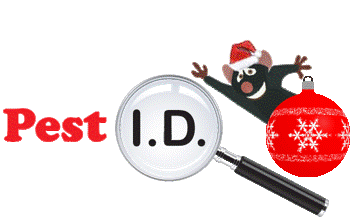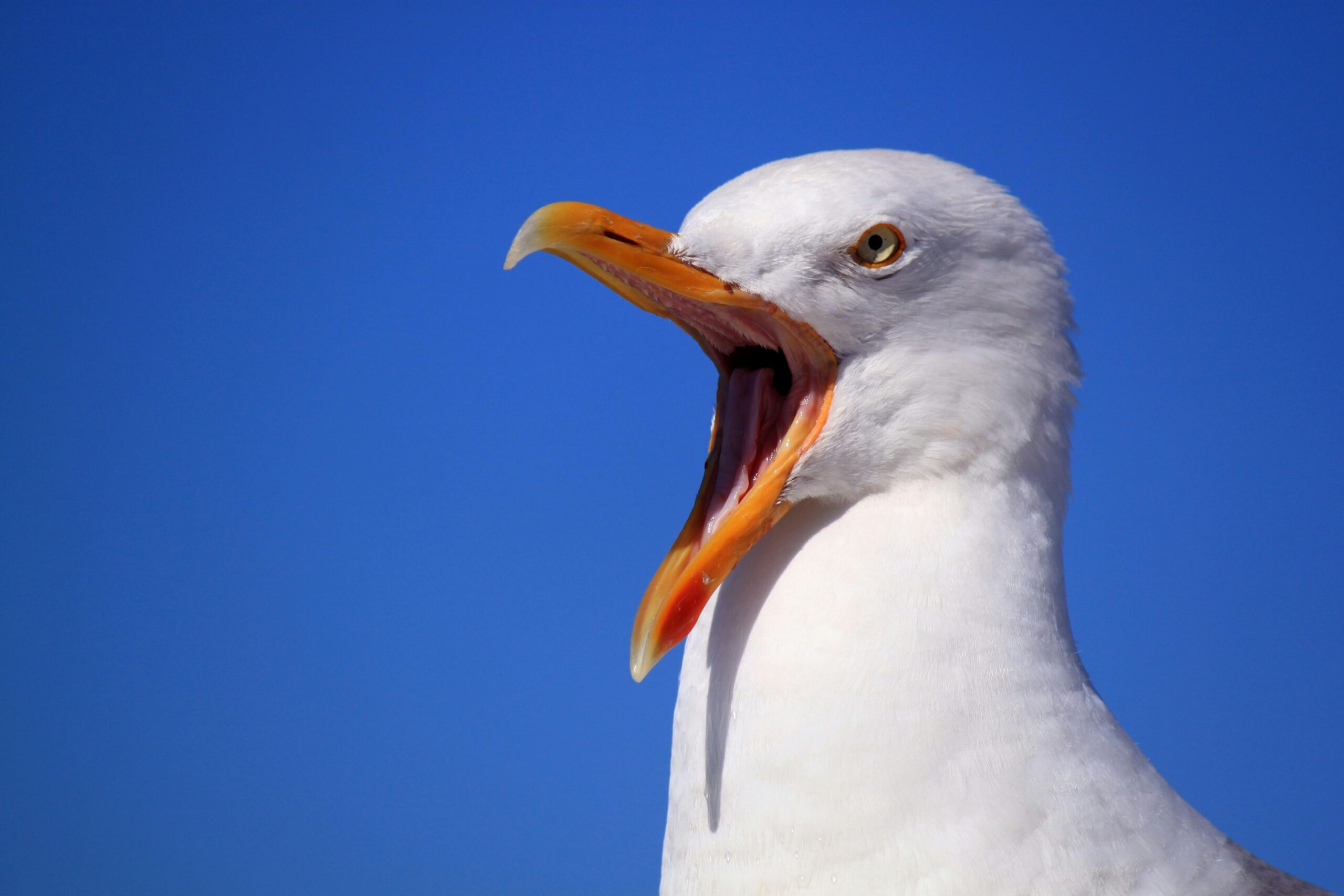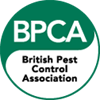In Essex and East London, urban and semi-rural environments create the perfect conditions for several bird species to thrive—especially where food sources, nesting sites, and shelter are abundant. The most commonly reported nuisance birds in this region include:
🐦 Feral Pigeons
Feral pigeons are by far the most common bird pest across Essex and East London. Feral Pigeons, derived from Rock Doves whose natural habitat is cliff faces, have adapted remarkably well to urban life. In the UK, the abundance of houses and office blocks provides a perfect substitute for their original nesting grounds—effectively becoming their modern-day “cliff faces.”
Why are pigeons so common here?
- Urban density: Towns like Romford, Ilford, and Southend offer ample ledges, alcoves, and roofing spaces ideal for nesting.
- Food availability: Litter, overflowing bins, outdoor cafes, and well-meaning public feeders provide a steady food source.
- Year-round breeding: Pigeons can breed all year, especially in milder climates found in the Southeast.
Problems they cause:
- Heavy guano deposits that stain and corrode stonework and vehicles
- Fouling of pavements, entrances, and balconies—creating slip hazards
- Nesting in roof spaces and under solar panels, blocking drainage and encouraging insect infestations
🕊️ Seagulls
While commonly associated with the coast, gulls—particularly Herring Gulls and Lesser Black-backed Gulls—have moved inland in increasing numbers. Towns like Southend-on-Sea, Canvey Island, and even Stratford and Barking see frequent seagull activity.
Why are seagulls becoming a problem inland?
- Scavenging habits: Gulls exploit landfills, food markets, and residential bins, especially in coastal-adjacent towns.
- Adaptability: They readily nest on flat rooftops and ledges, often undisturbed.
- Breeding colonies: Once they establish a nesting site, they tend to return each season.
Problems they cause:
- Loud, aggressive behaviour—especially during breeding season when defending nests
- Dive-bombing pedestrians and pets
- Damage to roof membranes and increased maintenance needs
🐤 Sparrows, Starlings & Crows
These smaller but persistent birds often go unnoticed until they cause significant disruption. In suburban areas like Hornchurch, Chelmsford, and Walthamstow, they’re common offenders.
Why are they drawn to these areas?
- Access to eaves, vents, and chimneys: These species exploit gaps in building structures for nesting.
- Flock behaviour: Starlings, in particular, gather in large numbers (murmurations), producing excessive noise and droppings.
- Gardens and allotments: Abundant vegetation, insects, and bird feeders make gardens an easy food source.
Problems they cause:
- Nesting debris in guttering and chimneys can block ventilation and create fire hazards
- Droppings cause mess on cars, patios, and conservatories
- Invasive noise levels early in the morning and at dusk
Why It Matters for Essex & East London
Essex and East London combine urban density, a high concentration of food outlets, and proximity to waterways and coastlines—perfectly supporting bird populations. While birds are part of our natural environment, uncontrolled infestations quickly become a health hazard, a nuisance, and a threat to property.
Whether it’s pigeons roosting under your solar panels in Dagenham, gulls attacking your bin bags in Southend, or sparrows nesting in the loft in Epping, it’s important to hire professionals to deal with the issue.
Why Hire a Professional
a) Spot-on surveys & custom plans
Every property is unique—proper bird control starts with a site survey to understand species, locations, and access points.
b) Expert combination of methods
Professionals will often combine netting, spikes, optical deterrents, and sealing for comprehensive, long-lasting solutions.
c) Clean-up & maintenance
Bird droppings are acidic, carry disease, and damage property. Pest ID provides safe removal, cleaning, and ongoing maintenance—including monitoring nests for quick re‑proofing.
d) Warranty and legal compliance
Work by licensed professionals meets legal guidelines, includes insurance, and typically comes with a warranty—ensuring peace of mind.
✅ Pest ID’s Bird Control Process: From Call to Clear Property
- Free site survey in Essex & East London.
- Inspection to confirm bird species, population, entry and nesting zones.
- Proposal with tailored solutions—netting, spikes, gels, deterrents, sealing.
- Installation using high-grade materials (stainless steel, UVresistant netting, etc.).
- Clean-up of droppings, nests, and debris.
- Follow-up visits & warranty, ensuring birds don’t return.
If you have any questions, or if your problem is beyond prevention, get in touch with our friendly team today!









